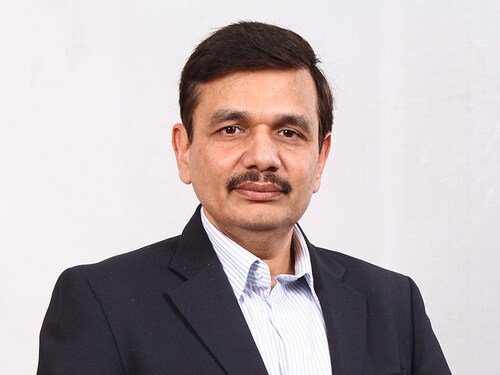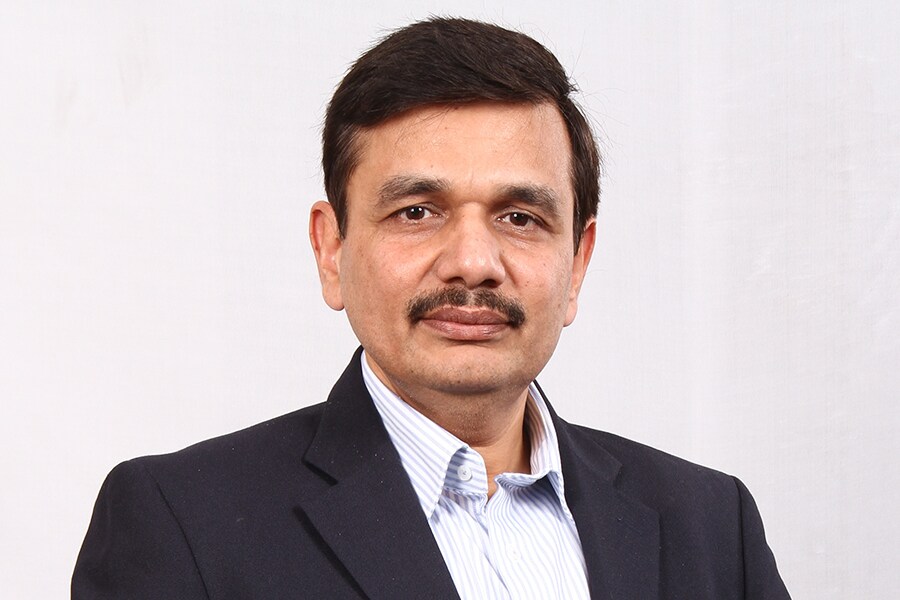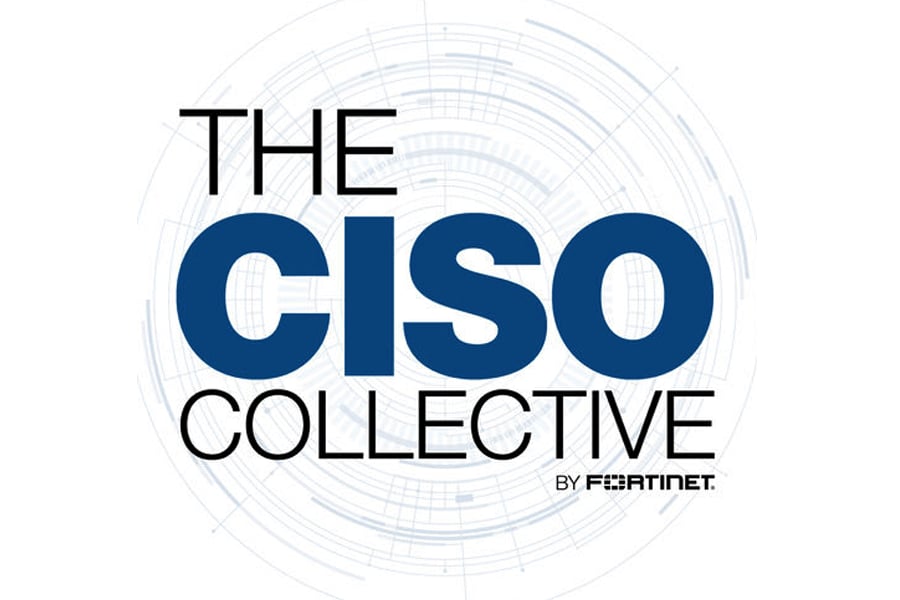The NGFW still remains the critical inspection point for all network traffic
The CISO collective by Fortinet


 Ved Prakash Nirbhya, CIO, Tech Mahindra
Ved Prakash Nirbhya, CIO, Tech Mahindra
The network serves as a center post holding everything together, including distributed data centers, multi- cloud environments, new edges, dispersed IoT solutions, and distributed business- critical applications. Hybrid networks span the entire digital business environment, from campuses to branch offices and from the cloud to workers at home. We spoke with Ved Prakash Nirbhya, CIO, Tech Mahindra on how he has gone about securing his distributed network.
The threat landscape has changed significantly and continues to do so. How are you prepared to respond to threats?
Steady and significant income from ransomware both, incentivizes threat actors to launch more ransomware and gives them the financial resources to do so. It also enables them to invest in more sophisticated approaches in an effort to stay ahead of security measures that better prepared and cyber savvy organizations are putting in place. At the same time, attackers have become more sophisticated in the way they execute their business plans. For us at Tech Mahindra, the challenge to stay ahead of emerging threats is nothing new. We have a security strategy in place that we have arrived at after a lot of internal deliberation. We have created a team which is prepared to address all our security needs, we conduct regular security audits to monitor our infrastructure and to discover vulnerabilities in our network. Our endeavors are aimed at shrinking the attack surface by identifying possible threat vectors and segmenting them in defined categories. Additionally, we also have a response plan in place with a trained recovery team which is evaluated every week by rankings and score cards to keep them in sync with the changing needs of the work ecosystem.
 In a hybrid work model like yours what security strategies should businesses rely on?
In a hybrid work model like yours what security strategies should businesses rely on?
In a hybrid work model, the attack surface is dependent on how the services provided by a business are exposed to other open and public networks, the applications used, user endpoints on the edges, and the types of access provided at the edges.
Today, in the hybrid work environment, for organizations, the ability to address all scenarios flexibly, but securely, is the name of the game. Guarding the cyber frontier is the need of the hour, hence, having a security solution in place, that can help organizations adapt to any type of hybrid work model, is imperative. We need to look for a solution that brings security and networking together. This convergence across the connected environment, from the core to the branch to data centers to the cloud enables organizations to effectively see and defend today’s highly dynamic work environments.
Cloud remains one of the primary threats facing businesses, how can one address cloud security challenges?
A hybrid workforce infrastructure relies on hybrid cloud environments to execute and distribute workloads between private cloud and multiple public clouds. While there are tools to make multi cloud working solutions simple, the security infrastructure involved can become very complex to manage. Hence, the ease of access and cost benefits derived out of hybrid cloud environments are offset by the complexity in managing the security infrastructure. To overcome the challenges that cloud security presents, we need a cohesive approach that involves strategic deployments. Redesigning the approach to cybersecurity with a holistic strategy gives CISOs a way to eliminate security gaps by using open standards and protocols that integrate all security activities into a single platform. With security routed to and managed in the same platform, we can more rapidly detect, investigate, and respond to threats and apply common policies across hybrid cloud environments. At Tech Mahindra, we have designed an integrated digital strategy encompassing business models, customer experiences, and talent. We believe in leveraging digital tools to create human-centered experiences driven by innovation, design, and resilience-building technologies, and this is what I will always prioritize that in my role as the CIO. A top priority for us, is to implement security compliant requirements. This not only helps us to improve our security posture but also in gaining the trust and confidence of our customers. As threat sophistication only continues to rise the business and security teams will work together and minimize the gap between business and security requirements.
What is on top of your to do list when it comes to your top cybersecurity?
As part of our NXT.NOWTM charter, we are focused on leveraging next-generation digital technologies including cybersecurity to deliver an enhanced experience for our customers globally. Along these lines, curbing intrusions, which can be partially attributed to a gap in cybersecurity skills, is the current challenge we have undertaken to address. We will focus on improving our security posture by retaining our skilled cybersecurity resources by training and certification and by providing them the best possible means. While the concept of patching and implementing regular upgrades seems basic, we will ensure we maintain cyber hygiene by implementing this best practice.
How have you integrated Fortinet’s Fabric Solution in your Security Strategy?
A firewall serves as the critical inspection point for all our network traffic. And in our application-centric business environment, performance is vital. Instead of using multiple single-purpose security products that increase complexity we have deployed a FortiGate NGFW as a unified platform. The solution provides content security such as intrusion prevention system (IPS) services, advanced malware protection, and web security DNS filtering. Advanced Threat Protection combines AI and machine-learning capabilities to identify all threats and protect from known, zero-day and unknown threats.
The FortiOS operating system spans ODC network and security functions, simplifying management, increasing visibility, and ensuring consistent policy deployment and enforcement. Its unique ability to orchestrate consistent networking and security policies enables our IT team to implement end-to-end automation that"s easy to set up and manage, combined with deep analytics and self-healing to help optimize operational efficiency.
With FortiGate we have the provision to move beyond simply a core security platform to one that can be deployed at every edge our network touches enabling us to confidently amplify our digital acceleration efforts.
The pages slugged ‘Brand Connect’ are equivalent to advertisements and are not written and produced by Forbes India journalists.
First Published: Jul 22, 2022, 10:05
Subscribe Now